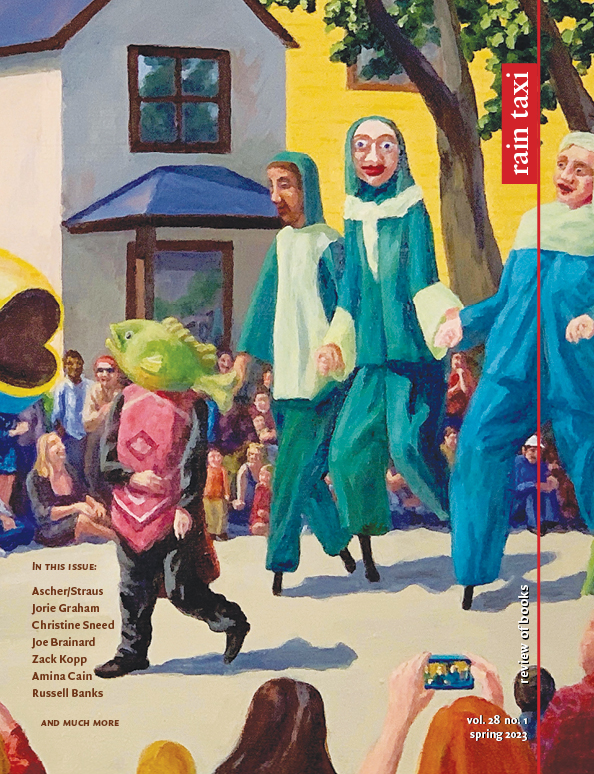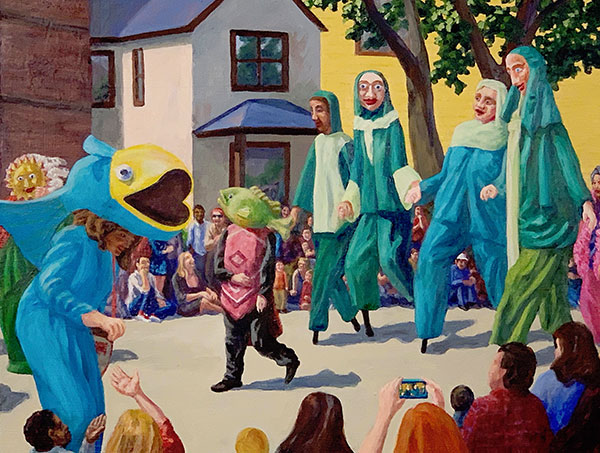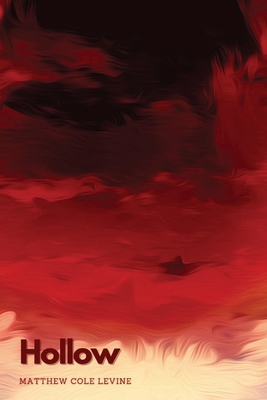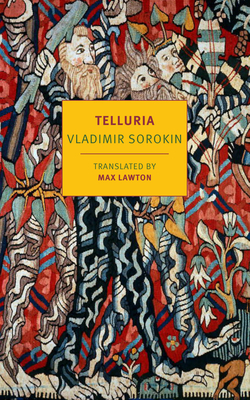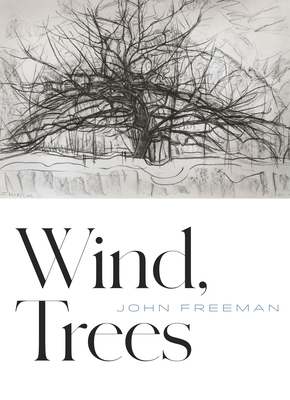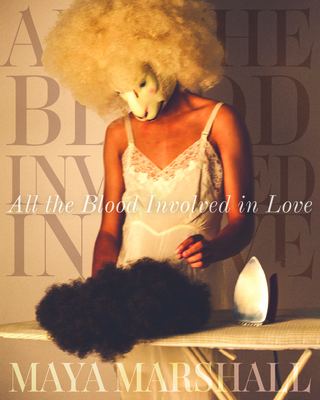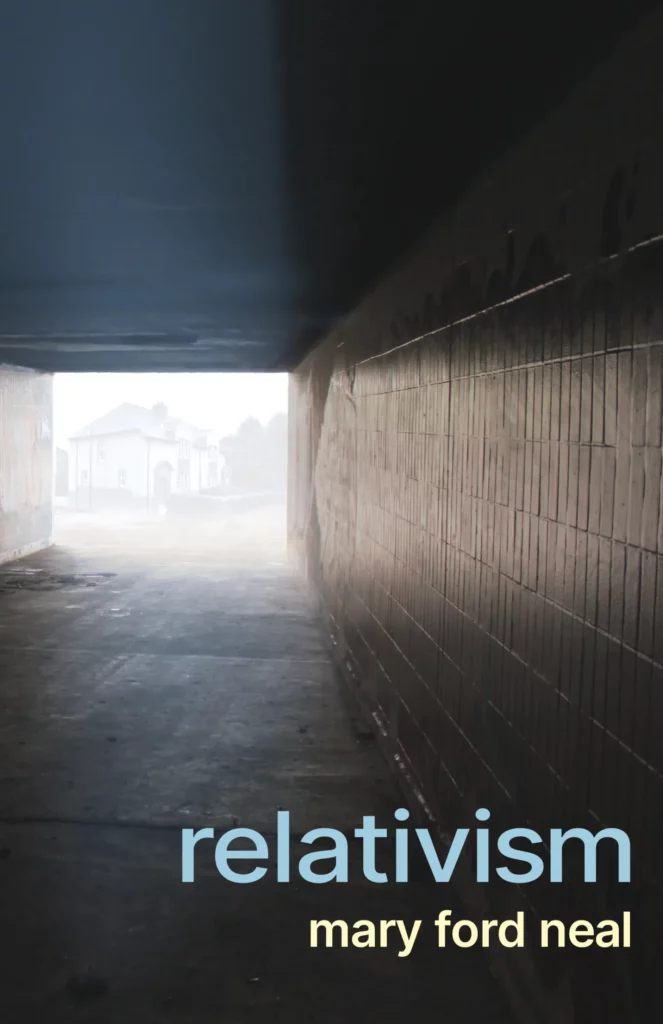Check back as we add more features and reviews in the next months!
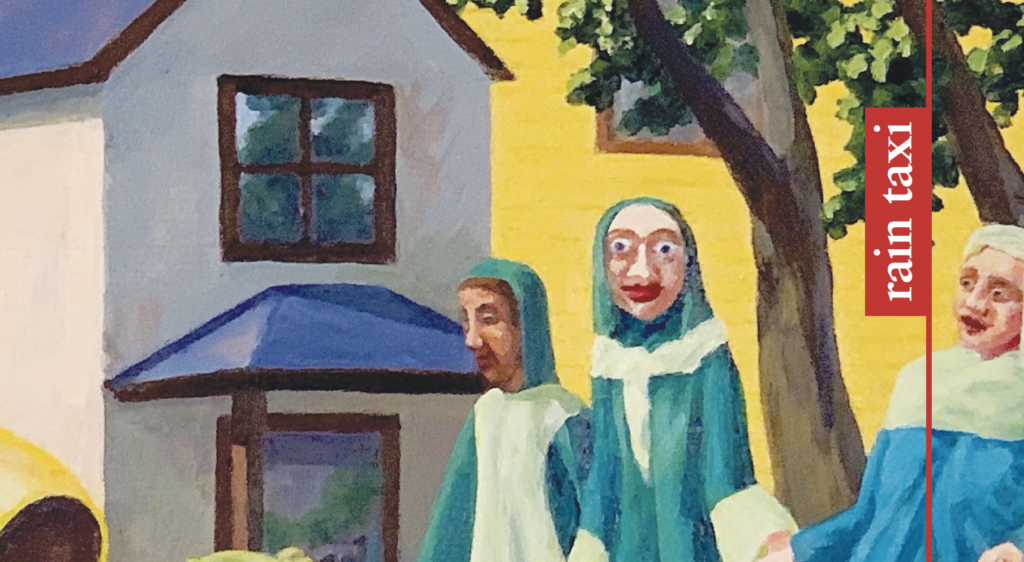
Interviews
Stop, Look, and Listen: An Interview with Rae Armantrout
Pulitzer Prize-winning poet Rae Armantrout talks about breaking “out of the evangelical cage” as well as the process of writing Finalists and topics from censorship to grandparenting. Interviewed by David Moscovich
Archival Woman: An Interview with Sarah Heady
In her new book Comfort, Sarah Heady offers a refreshing new history of American women and the world surrounding them; the result illuminates not only the past, but our own tremulous moment. Interviewed by Greg Bem
A Wild Vitality: An Interview with Jerome Sala
Poet Jerome Sala discusses satirizing the corporate content machine, his Chicago art and performance influences, looking for culture in the branding of everyday objects, and his new collection How Much. Interviewed by Jim Feast
Features
Three New Publishers' Self-Retrospectives
Anthologies like these have critical value because they portray what publishers think they have achieved — and thus how they wish to be remembered. Reviewed by Richard Kostelanetz
George Mackay Brown: An Appreciation
A virtuoso with words, the prolific Scottish poet, novelist, short story writer, playwright, and essayist George Mackay Brown remains too little known in literary circles. Essay by Mike Dillon
Two New Translations of Max Jacob’s Poetry
These new translations of two of Max Jacob’s major collections should be recognized as welcome and essential. Reviewed by Patrick James Dunagan
Poetry Reviews
Alive at the End of the World
Saeed Jones
Alive at the End of the World is the work of a maturing poet, and perhaps a transitional work: the already-accomplished Saeed Jones has moved from the subject of his boyhood to the volatile racist politics of the here and now, as well as his worries for the future. Reviewed by Walter Holland
psalmbook
Laura Walker
In her new book, Laura Walker manages to preserve a sense of prayer while also reshaping the psalm into something new—a significant literary achievement. Reviewed by John Bradley
How to Communicate
John Lee Clark
John Lee Clark hasn’t just put his life into verse and prose poems; he’s felt and manipulated and explored and expanded what poetry in English can do. Reviewed by Stephanie Burt
Water Has Many Colors
Kiriti Sengupta
Illustrated by Rochishnu Sanyal
From epics to succinct one-liners, Kiriti Sengupta suits his poetic form to the subject, just as the titular folk idiom reminds us that water takes shape from the container in which it is held. Reviewed by Malashri Lal
Nonfiction Reviews
Watershed: Attending to Body and Earth in Distress
Ranae Lenor Hanson
Ranae Lenor Hanson offers a personal map against which readers might chart their own ways through the uneasy waters of the climate crisis. Reviewed by Elizabeth Bailey
Tuesdays in Jail: What I Learned Teaching Journaling to Inmates
Tina Welling
These reflections on teaching by novelist Tina Welling, which include non-judgmental sketches of her incarcerated students, make for a beautifully written memoir. Reviewed by George Longenecker
I Need to Tell You
Cathryn Vogeley
In a memoir that details moving from the solitude of shame to the loving acceptance of family, Cathryn Vogeley also offers an enlightening examination of secret adoptions. Reviewed by Sandra Eliason
Fiction Reviews
The Last Days of Terranova
Manuel Rivas
Translated by Jacob Rogers
The Last Days of Terranova is like a bookstore: One is pleasantly overwhelmed by the many rich stories that sit near one another. Reviewed by John Kazanjian
Because I Loved You
Donnaldson Brown
Because I Loved You presents an adult assessment of the limits of love alongside a potent acknowledgment of the power of shared history. Reviewed by Eleanor J. Bader
Participation
Anna Moschovakis
As she does in her poetry, Anna Moschovakis effectively employs and interrogates language in her latest novel, Participation. Reviewed by Joseph Houlihan
Multi-Genre Reviews
I Made An Accident
Kevin Sampsell
Just as collage allows one to reorder the universe, poetry uses language to forge or reconstitute personal connections that may have been lost or rendered remote. Reviewed by Christopher Luna
Young Adult Fiction Reviews
Blaine for the Win
Robbie Couch
As depictions of queer characters become increasingly nuanced in YA fiction, Blaine for the Win will garner readers’ votes. Reviewed by Nick Havey


